Book Title Punctuation 101: Your Quick Guide on How to Punctuate a Book Title
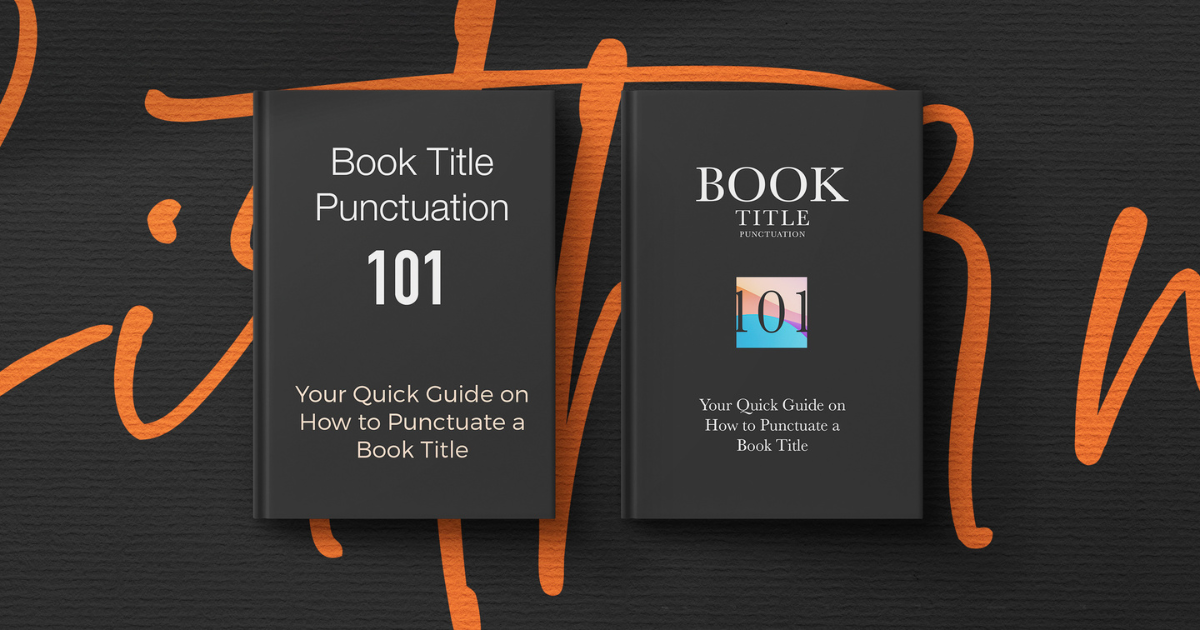
The complexities of book title rules and book name punctuation present a unique set of challenges for authors and publishers.
Minor errors, such as misplaced punctuation marks or typographical mistakes, can significantly detract from a book's appeal.
In the name of creative freedom, some authors choose to eschew conventional guidelines for something that enhances cover design. Despite this choice, knowing how to punctuate book titles is essential.
This article provides guidelines to assist [emerging] writers in confidently applying book title punctuation, eliminating any second guesses about their choices.
Key takeaways:
- Choose between sentence case, title case, or all caps for titles based on punctuation rules across different styles. This includes capitalizing the first and last words, important words, and compound words while avoiding the capitalization of articles, conjunctions, short words, and prepositions.
- The Chicago Manual of Style guides punctuating book titles correctly, covering capitalization, italics, quotation marks, and other marks for precise conveyance in various contexts.
Proper title punctuation is vital for effectively presenting a book, influencing reader perception and interest beyond adhering to standard rules. - Experimentation with style, including fonts, sizes, and punctuation marks, is crucial for creating an impactful title page that captures the essence of the work while maintaining clarity and legibility to attract attention in competitive markets.
How Do You Punctuate a Book Title?
Should you write your titles in sentence case? Title case? All caps?
Let's see the basic punctuation for book titles.
Most, if not all, titles in English are written in title case.
✒️ If you're not writing in English, adhere to the rules of the language you're writing in.
There are four major styles to punctuate book titles:
- Associated Press Stylebook (AP Style): with this style, you will capitalize the words with four or more letters;
- American Psychological Association (APA Style): with this style, you will capitalize the words with five or more letters;
- The Chicago Manual of Style (Chicago Style): if you use this writing style, you don't have to take into account the word's length, and you will capitalize all the important words;
- Modern Language Association (MLA Style): if you choose this one, you'll capitalize all major words and those that have four letters or more.
Each style is used for a certain type of writing. For example, the AP Style is used in journalism, the MLA is used for academic purposes, while the Chicago Style is used for extensive writing, book publishing, and academic writing.
Rules to follow when using title case
Although there are four different styles when it comes to capitalizing your title, there are a few general rules:
- Capitalize the first word in the title
- Capitalize the last word in the title
- Capitalize the important words in the title
- Capitalize compound words (e.g., Science Fiction)
Now, a question could be: which are considered "important" words in a headline? In most cases, you should capitalize the following words:
- Adjectives (e.g., beautiful, happy, aloof)
- Adverbs (e.g., silently, gracefully, clumsily)
- Nouns (e.g., book, phone, typewriter)
- Pronouns (e.g., they, she, he)
- Subordinating conjunctions (e.g., as, so, that)
- Verbs (e.g., write, jump, read)
Words in headlines you don’t generally capitalize:
- Articles (a, an, the)
- Coordinating Conjunctions (and, but, for)
- Short words (less than five letters)
- Prepositions (at, by, from)
Rules to follow when using sentence case
There is just one rule, basically. If you choose to use sentence case style, you capitalize only the first letter of the first word and proper nouns like you would do when writing a sentence.
Some writers prefer this style as it's more casual and gives a feeling of consistency.
The Chicago Manual of Style
The Chicago Manual of Style is mostly used in academic and book publishing. It became a reference for writers and editors because it was one of the first style guides to be published.
Authors refer to it to understand how book titles are punctuated to ensure the correct punctuation for book titles is applied when the book is published.
A key question often arises: Are book titles capitalized? The answer is yes, alongside understanding the specific nuances of this style's particularities in book name punctuation.
This encompasses capitalization and the use of italics, quotation marks, and other punctuation marks to accurately convey titles within various contexts.
For hyphenated titles:
- Capitalize the first element of the hyphenated word;
- Capitalize the following element of the hyphenated word unless it's an article, preposition, or coordinating conjunction (and, but, for, or, nor):
E.g., High-Quality Services for All Users Worldwide
- Capitalize the second element in a hyphenated, spelled-out ordinal number.
E.g., Twenty-Ninth of October Is a Day to Remember
- Don't capitalize the second element if the compound word starts with a prefix that could not stand alone by itself (such as anti- or pre-).
E.g., Pre-existing Conditions Can Influence Results
Both Chicago and AP Styles say you should capitalize the first word after a colon in title case:
E.g., A Webinar for Writers: Learn How to Punctuate a Book Title in a Sentence.
In book titles with colons written in sentence case, you should capitalize the first word after the colon only if it can stand as an independent clause.
E.g., I know who you are: You're a book lover
You can access this extensive article from UChicago News to learn more about the Chicago style and the differences between it and the Oxford writing style.
Exception: Some writers who really pay attention to punctuation for the book title will capitalize the preposition that belongs to a phrasal verb even if they are not on the list of words that should be capitalized.
It is mostly used for content in magazines, blogs, and other minor publications.
E.g., How to Back Up Important Data on Your Drive
Title Page: How to Punctuate Book Titles and Authors
The cover and the book's title serve as the "front" of the entire work. It will definitely help your book get noticed on Amazon and other essential stores.
The title page is (typically) the first page of a book that meets the reader immediately after the cover.
It contains the title, subtitle, author's name, publisher, and year of issue.
🔥 Read a detailed explanation about each part of a book.
Here, you can write the title in proper capitalization or use all caps, small caps, or bold.
The title is usually placed in the middle of the page, followed by the subtitle, which you can put right underneath. You can also separate it from the title with a colon or write it in italics.
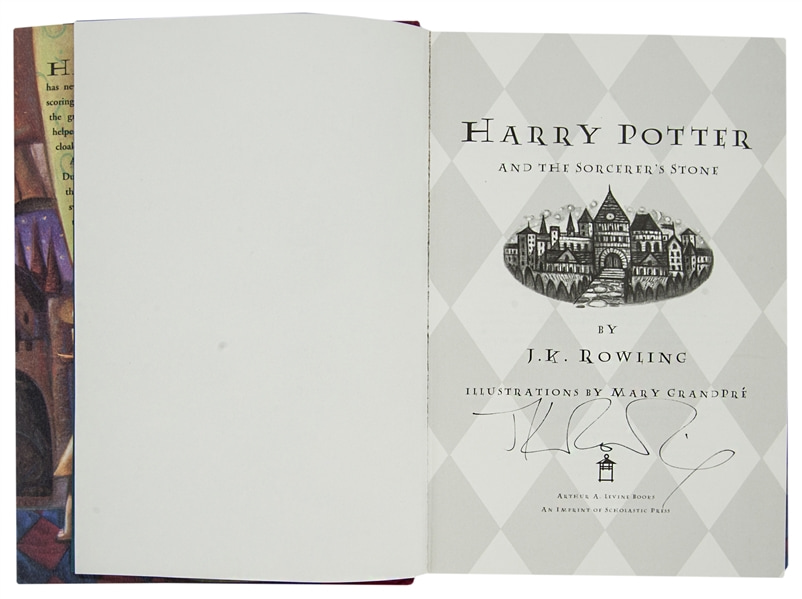
The title needs to be clear, written in legible fonts.
Follow one of the writing styles we previously mentioned and these standards for processing the title page:
- Do not enclose the header in quotation marks.
- Do not add a full stop at the end of the title.
Forget pondering over the punctuation of book titles. These tools will help you ace your book title punctuation:
- Headline Capitalization, choose the preferred headline style.
- Grammarly, for editing or grammar check, so no mistake would remain unnoticed.
How to Use Punctuation Marks in a Book Title
We talked about the title case, sentence case, and the way you can forget about all the rules when it comes to artistic purposes.
Punctuation marks are another element that can emphasize an idea or showcase an element of style.
Typically, we use dashes, colons, question marks, and exclamation points intuitively or by adhering to the standard rules of a particular language. But that may not be enough for book writers.
The punctuation marks in the headings are set according to certain canons, taking into account the book's mood, objectives, and narrative format.
You should think about what feeling you want your readers to get after punctuating book titles.
As a general rule, you shouldn’t use full stops in your titles, but other punctuation marks are acceptable for setting the right intonation:
- «?» - doubt, question;
- «!» - astonishment, delight, joy, emotional appeal;
- «...» - for showing a pause in the speech or an incomplete idea that you will continue in your book.
The headers may also have commas, dashes, or colons. The attractiveness of the title and the reader's interest in the entire book sometimes depend on it.
If you choose a title that sets you apart from other titles through its artistic format, you can also use the same style throughout the book.
Or use a title perfectly adjusted to the rules and then deviate from the punctuation marks in your novels.
Examples of capitalizing book titles:
The American novelist Cormac McCarthy is already recognized as a living classic. He earned his recognition as a writer due to the success of the novel Blood Meridian.
He stands out because of his love of linguistic experiences and artistic expression.
Cormac McCarthy believes that you don't need punctuation if you write properly. In his mind, quotation marks are "weird little characters," so he tries to avoid them. And you can notice it in his novels The Road and No Country for Old Men. But the author does not deny the need to use commas, capital letters, and periods.
It is worth saying that Cormac McCarthy is not the only representative of the literary world who ignores the rules of punctuation.
The list of authors who created their own writing rules also includes:
- William Faulkner: Wrote The Sound and the Fury using unusual syntax. His advice to understand a difficult paragraph: "Read it four times."
- E. E. Cummings: Ignores the standard rules of capitalization and punctuation in his work "r-p-o-p-h-e-s-s-a-g-r" (even the title is something totally different from what you usually see), which at first read seems cryptic.
- Timothy Dexter: Published A Pickle for the Knowing Ones or Plain Truth in a Homespun Dress, which is so weirdly written and punctuated that the original transcription is near-illegible.
- Marcel Proust: Ignores the full stop in the 601-word long sentence (847 words in the original French text) in the first volume, Swann's Way, from his masterpiece In Search of Lost Time.
- Gertrude Stein: Called the comma "a poor period that lets you stop and take a breath but if you want to take a breath you ought to know yourself that you want to take a breath."
Despite their deviation from the usual punctuation rules, these writers won worldwide fame and recognition.
Authors abandon established canons and create their works using unconventional techniques. By analyzing the author's punctuation style, it’s possible to determine the specificity of the novel and explore the non-standard author's syntax.
Rebel AuThors bReaking title of Books Capitalization rules
Some authors choose to follow their own creative principles to point out an idea or a feeling.
In other cases, it’s all about making a great design for the book cover.
Here are a few examples of punctuating book titles from rebel authors.
Former U.S. President Barack Obama broke the first golden rule on the cover of his book. He mixed the lower and upper cases and removed the capital letters in the first word.
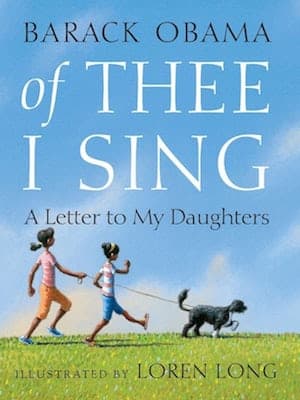
Here, the entire header was written in lowercase.

Here, the hyphen was not required, but it eased the reading of the title.
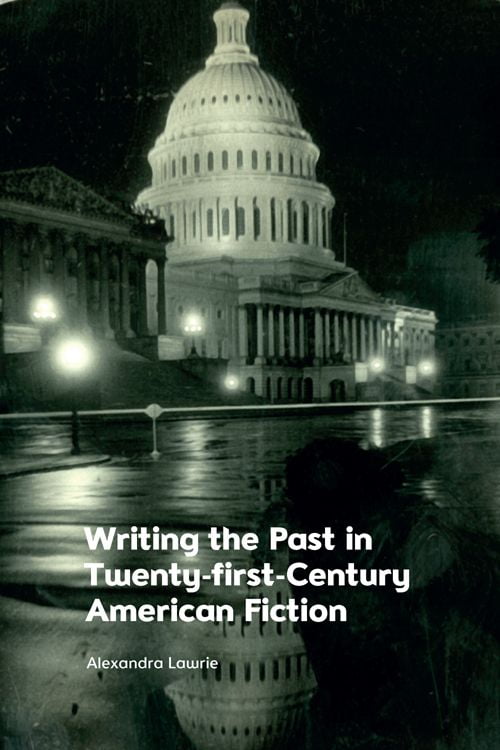
Adhering to book title rules is important; however, a title that strictly follows these guidelines may not always capture the reader's interest.
Consider the rules not only for correctness but also for their impact on the cover's visual appeal. This is particularly relevant for self-publishers handling their own editing.
To simplify and avoid overcomplication, adopt a concise and memorable title, like the one below from Stephen King.
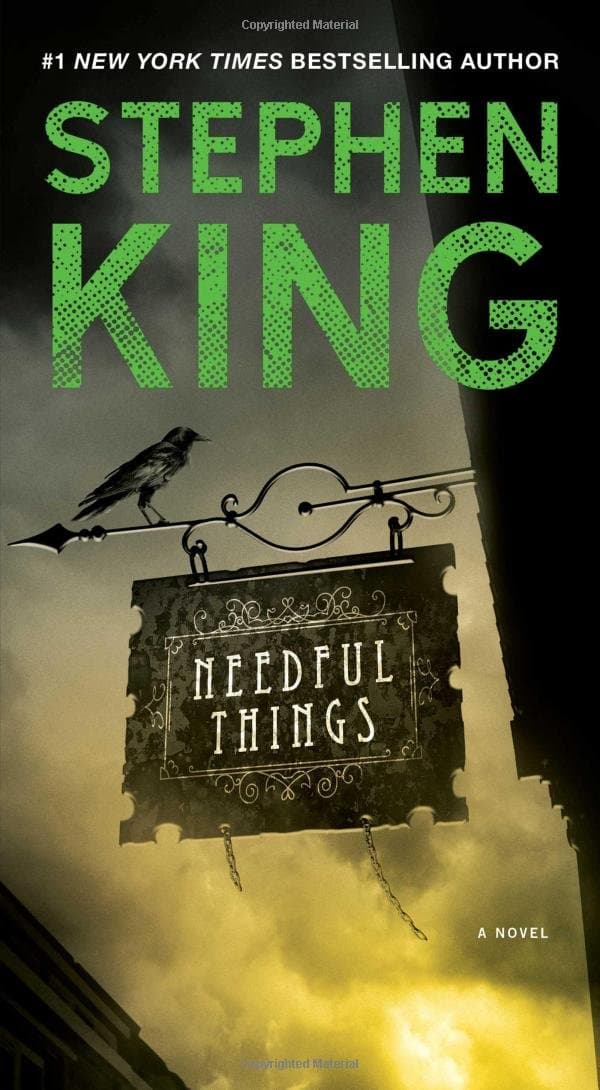
Conclusion
Mastering how to punctuate book titles and understanding book title punctuation in text are skills any writer looking to make their work stand out should master.
While adhering to punctuation rules is essential, don't be afraid to experiment with style, including different fonts, sizes, and punctuation marks, to create a visually appealing and flawless book.
At PublishDrive, we are happy to walk with you to reach your publishing, distribution, and promotion goals.
Know about PublishDrive?
Whether you got short stories or an epic fantasy series, PublishDrive can help you publish in thousands of stores like Amazon and Google worldwide.
Here is what it's all about:
Start with free plan